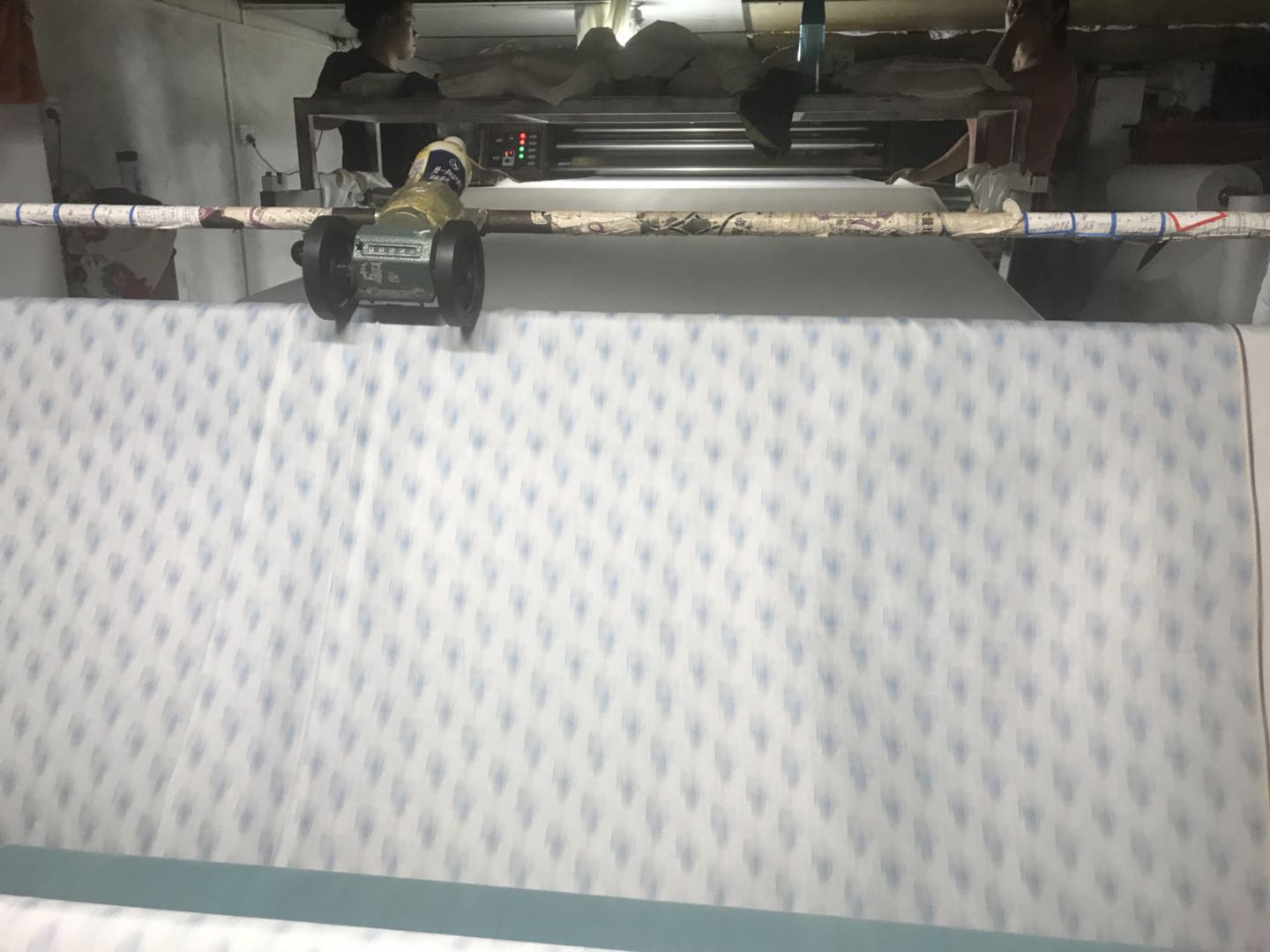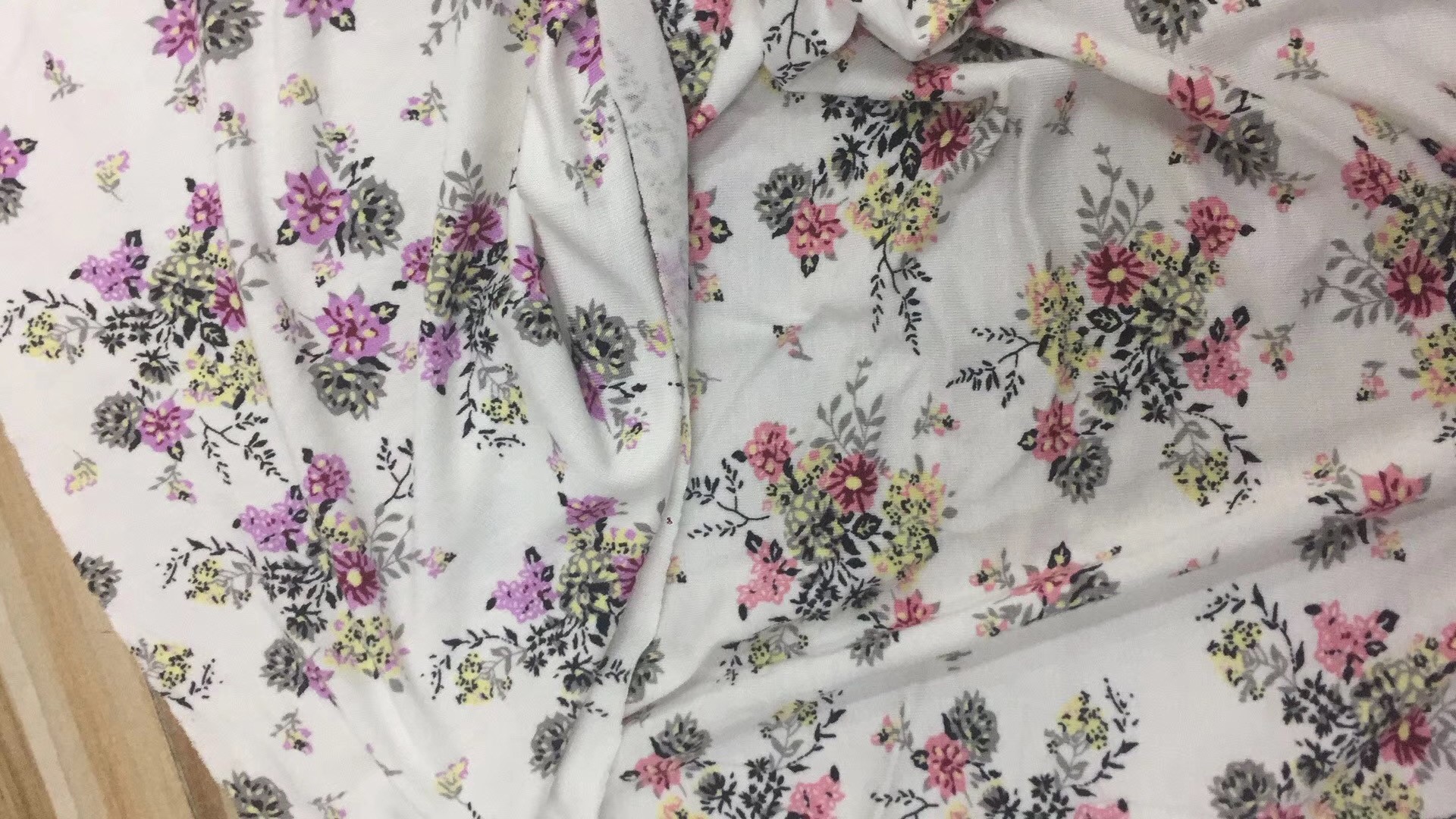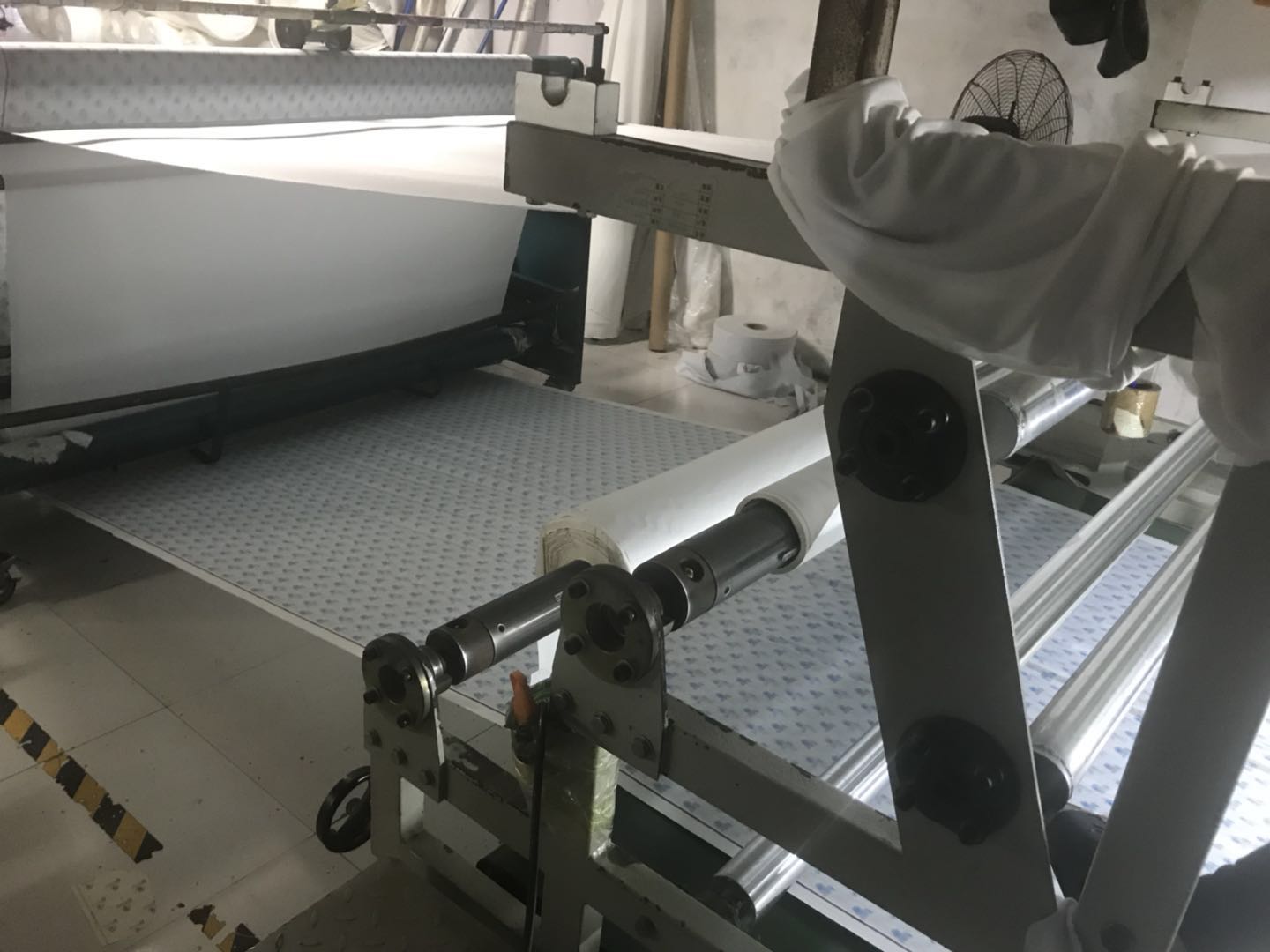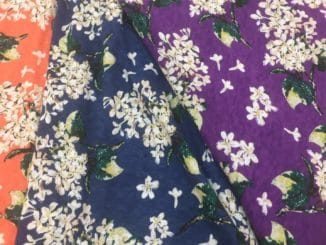Recently updated on March 23rd, 2019 at 02:35 pm
As a fashion designer or clothing store owner, chances are high that you’re an enthusiast in custom printing fabrics, and we’re with you on that. With its flexibility and unbeatable speed, digitally printed fabric has been soaring into popularity and gained its ground in the textile industry. It provides lots of advantages considering the increasing of customer demands and the variety of designs produced every day. As you may be ready to go for digital printing fabric, it usually happens that your fabric might need a bit of help. In this post, we’ll explain from our experience how to choose the best base fabric to achieve best printing results.

Preconditions of fabric for digital printing
The base fabric for digital printing should be blank basic white fabric without any sizing agent, impurities, chemicals, etc.
Though digital printing on fabric has become a popular trend, it’s relatively new considering its development process and many digital fabric printers tend to use regular fabrics for printing purpose. However, these traditional fabrics are not the ideal ones to go through direct printing on fabric process as there might be oil left from the weaving or spinning process that would lead to ink fixation. It doesn’t mean you can not print your own fabrics, rather, there’re some factors to take into consideration while getting your fabrics ready for digital printing.
So how to make sure your fabrics are ready for digital printing? First and foremost, make sure your fabrics are free from oil, wax or metals that would lead to ink penetration or meddle with color tone, typical of cellulosic fabrics. Synthetic fibers are usually free from these problems, but they might contain minerals or silicone oil for better weaving and knitting purpose. During the pre-treatment process before going digital, all the contained minerals and silicone oils should be washed and cleaned properly. The same with dyeing, the hydrophilicity of the fabric should be reproducible and controllable. Usually sizing agents are applied to shield from damage during the weaving process, however, in the textile digital printing process the fabrics should be free of any sizing agent. Besides, the whiteness of the fabrics plays a decisive role in the results of the prints. The higher the basic white, the more brilliant and intense the printings as it influences the depth of the print and color yield.
Fabrics Suitable for Digital Printing
If you want to achieve the best possible printing results, the easiest way is to purchase base fabrics that are specially made for digital printing. It doesn’t mean you can not design your own custom printed fabrics, but before that it’s a must to treat your fabrics with inkjet preparation chemicals, which might need a sharp eye for quality to start with.
Most textiles experts would test their fabrics first to see whether they’re prepared for digital printing. Foulard application is a widely adopted way to do the trick whether it’s digital printing, screen, spray or valve jet application. The end results vary depending on the tailoring recipe, the type of ink and substrate in the application process.
The right type of base fabrics for digital printing plays decisive role in the results. When you invest in fabrics that are perfect for digital printing, you’ll benefit from top quality, brilliant and intense printings that will make your customers happy.
Do you want to customize your fabrics with digital printing? We offer an easy guide to print custom textiles from China.



Leave a Reply